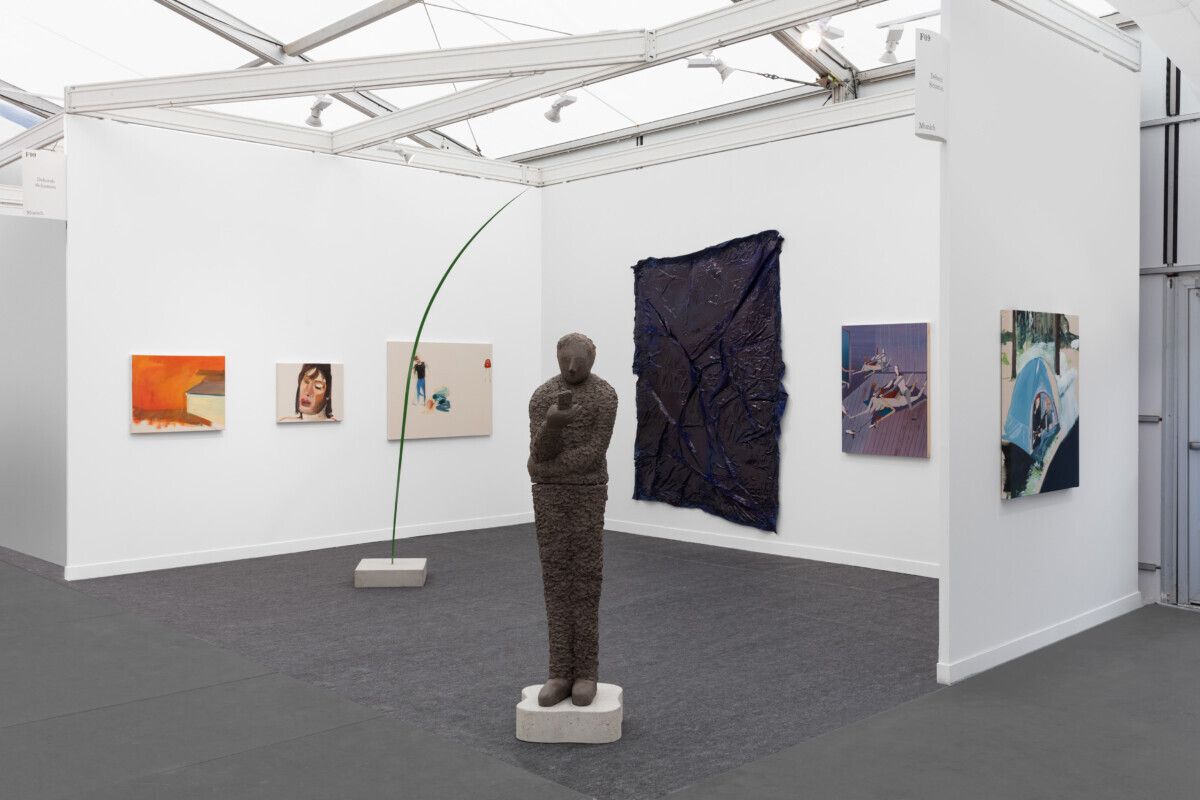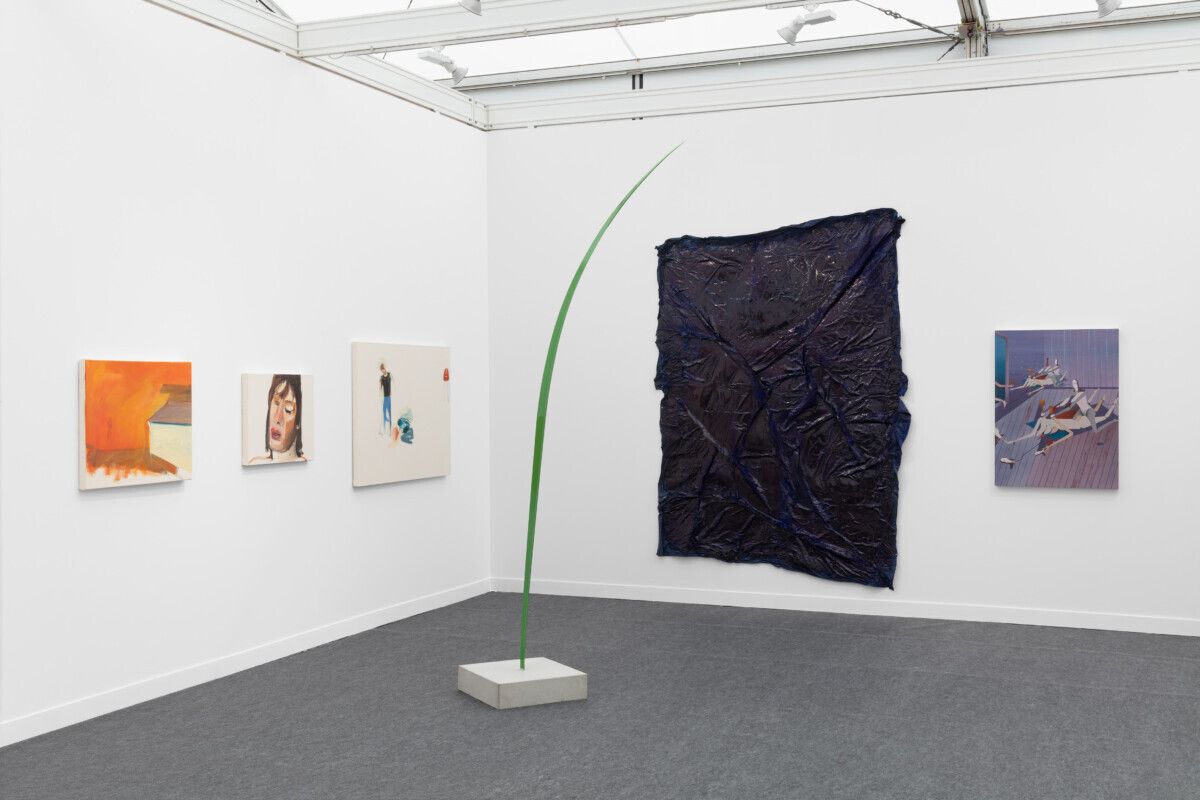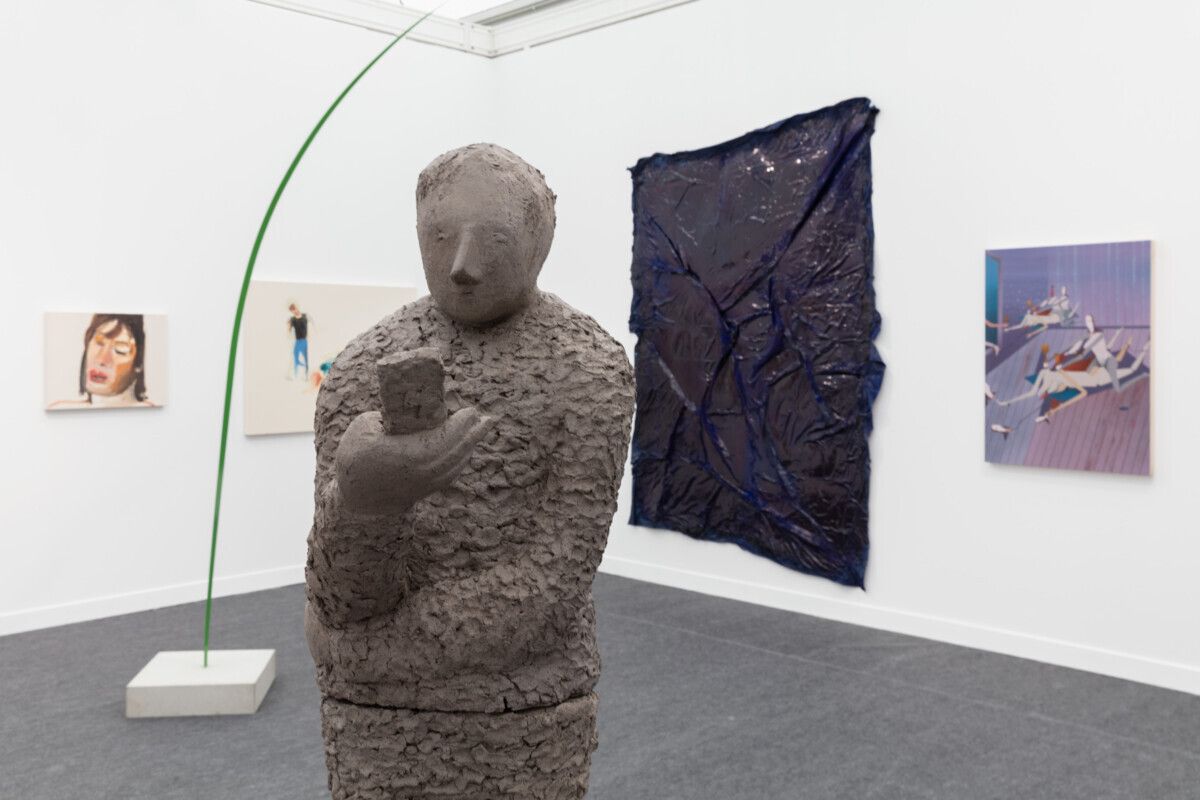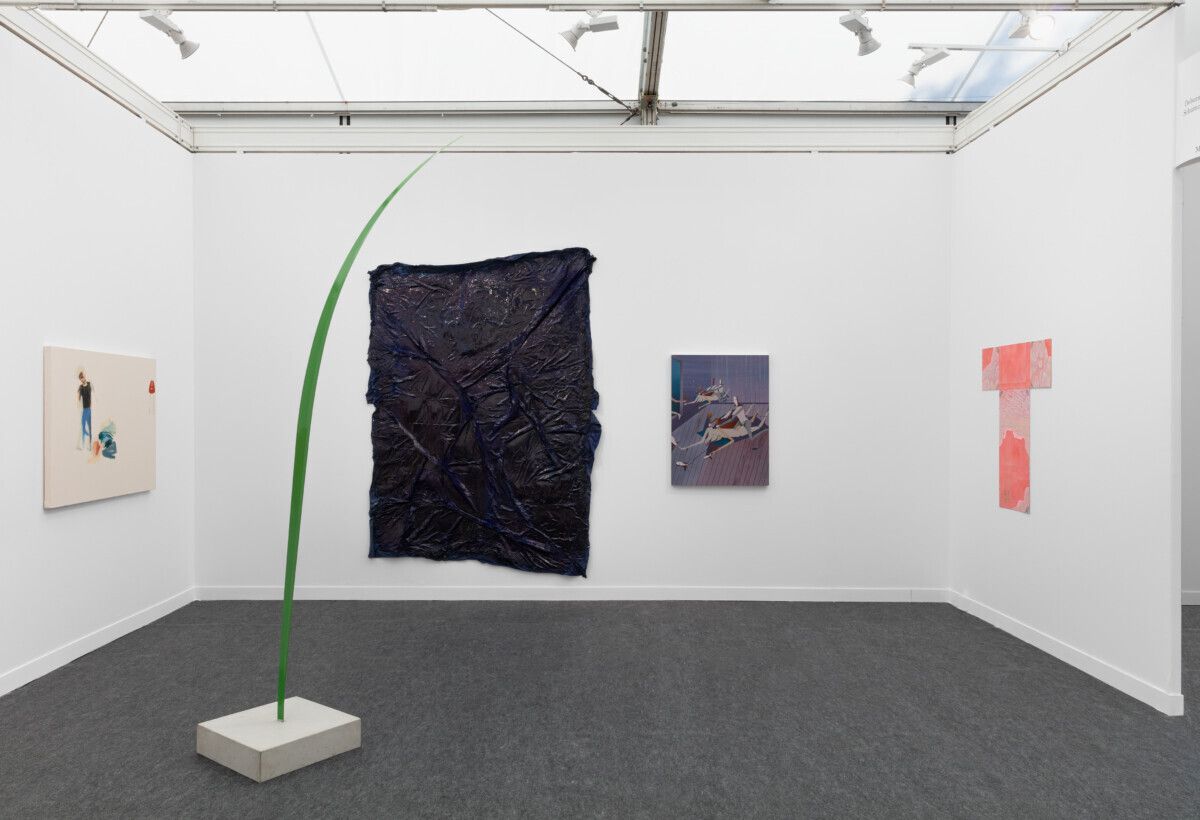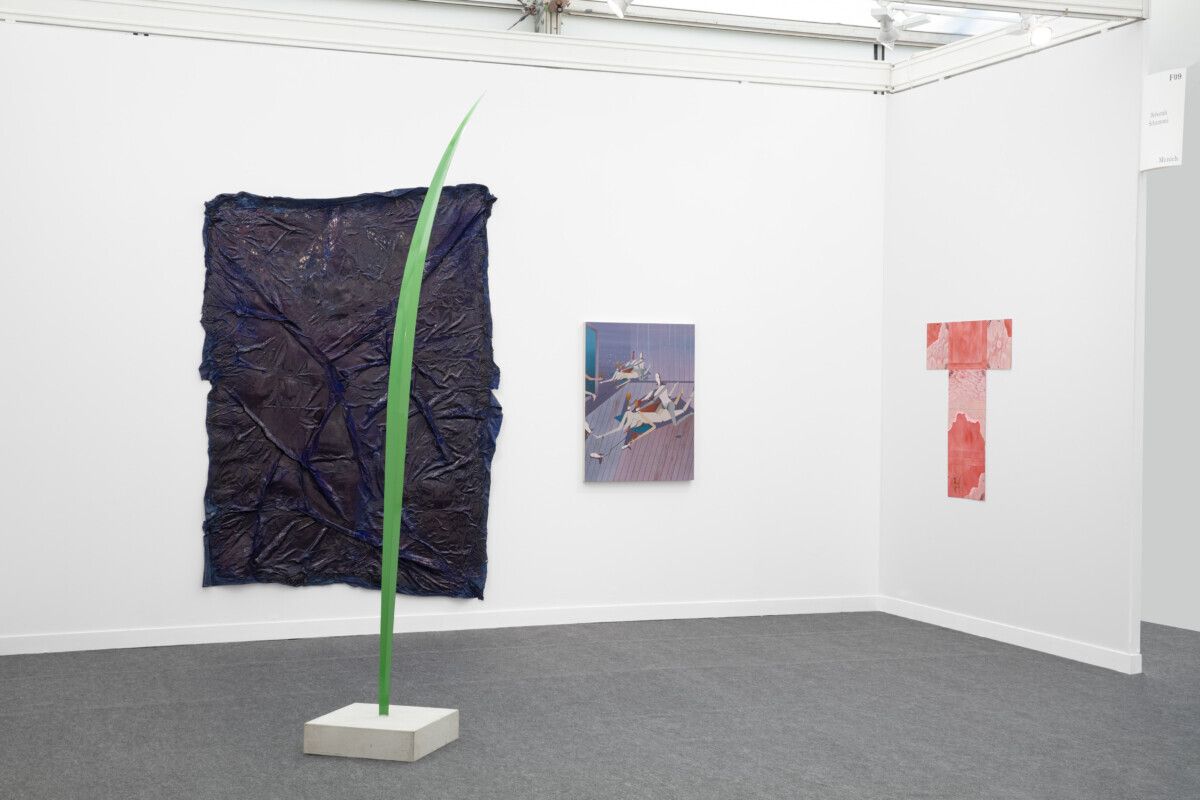In her oil paintings, Brenda Draney works from the space of storytelling and recollection, considering the authority imbued in memories and history. The artist explores how narratives shape through individually and collectively experienced events. Formally stripped down, her interplay of blank, minimal canvas and isolated representational images, leaves room for the absent and offers a point of access for viewers’ projections and processes of remembering and forgetting. Draney’s stories are rooted in her experiences as an indigenous woman and member of the Sawridge First Nation, they express the relationships formed between the artist and her community that has been marked by colonial violence, cultural uprooting and social class divide. The search for an identification with one's own origins, as well as the observation and analysis of the dramatic social changes of our present moment, characterize the artist’s visual worlds. As a result, in her paintings, a worldview dominates that appears intimate but at the same time is distant from the artist herself. It seems as if they revolve around a reality that is ultimately unrepresentable in the mode of figurative painting.In his practice, Yong Xiang Li draws on a diversity of media. His main interest, however, lies in the border-crossing intersections between painting, sculpture, music and video. Influenced by a reciprocal understanding of culture and diaspora experience, the artist challenges ideas of sovereignty and existing power-structures by engaging in contaminations that aim at media, formal and cultural specificities.
read more
Li’s figurative painterly practice brings to life protagonists that linger in alternate states of object- and subject-hood. Here, meticulously constructed painted surfaces are commonly set in dialogue with their surroundings and their often sculptural support. The resulting spatial-temporal peculiarities point to the hybrid flows of cultural histories that constitute the works’ existence and defy easy categorizations. Moreover, the artist engages heterogeneous painterly styles to attempt a “queer inhabitation” of acknowledged art history: an exploration of queer subjectivity and agency mediated through a series of assimilations, dis-identifications and transmutations.
Since the 1990s, Judith Hopf has been developing an independent artistic language in the form of sculpture, film, drawing, performance or even stage design. In her works, Hopf addresses social inscriptions and power structures in political and private realms and the impact of visible and invisible architectures, technology and objects, on the human body and its movements. Often sourced from everyday as well as modern and postmodern aesthetic vocabulary and materials such as brick, concrete, glass, her works employ deceptive paradoxes that bring the viewer to the limits of learned physical and cognitive perceptions.
Maryam Hoseini utilizes painting and site-specific installation to investigate the political, social, and personal conditions of identity and gender in relation to the concept of ruins, displacement, and fracture. Her work explores the spaces in between painting and drawing, figuration and abstraction, and the subtle relationship between bodies, physical space, and the politics of narrative. Her interest in “our incompleteness as a condition of being” has led her to create the fragmented and mythical female figures that populate her surreal, flatly-rendered futurescapes. They are bodies of anxiety, but, as Hoseini describes them, they are also full of strength. In suggestive, but open-ended narratives, these ruins “of body, of spirit, of society” float in abstract, flattened architectural environments that reference the landscape of Iran. Through the act of painting, Hoseini builds on the splintered architecture and social structures, subverting present systems to create new spaces of inclusion. Her architectural approach that connects the painting to the spatial context in which it is displayed reflects Hoseini’s method of rebuilding form and spirit, rather than just representing it.
As a material based artist working through abstraction and alternative forms of image making, Dala Nasser applies an interdisciplinary approach to both her painting and film that deal with environmental changes and their impact on social coexistence. The process in which her works are developed determine the final form they exist in, whether it is through material reactions that alter the state of the painting elements; or the use of hours of footage compiled of wildlife to create an autonomous narrator for the film. In both genres, Nasser sets up elements that react with one another, how they develop is completely down to the processes she puts them under. Thus, she produces works that respond to their immediate environment and its physical and contextual components, evolving autonomously over time. She has already produced a body of work that ranges from installations around the infrastructural failures resulting in fluid toxicity, to films examining the flows of rivers between borders, and most recently the historical and magical contexts behind its material aspirations.
